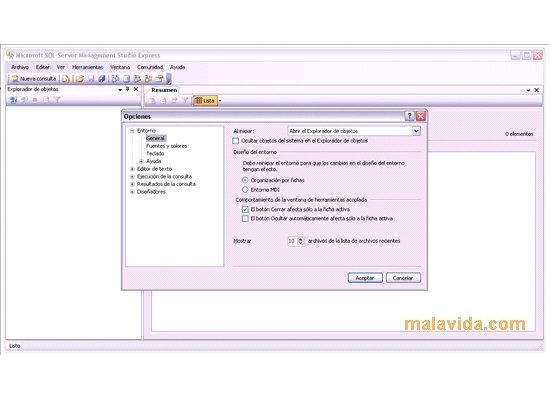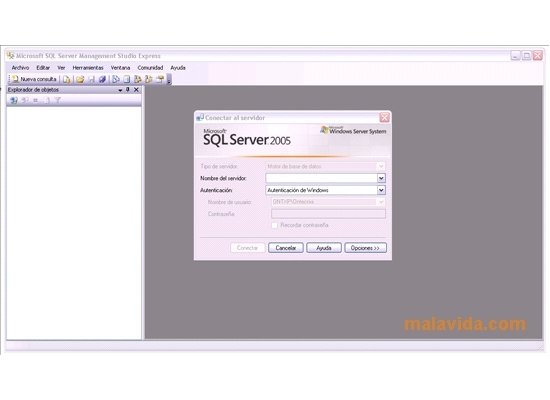

- #Microsoft sql server management studio 2017 how to#
- #Microsoft sql server management studio 2017 install#
- #Microsoft sql server management studio 2017 download#
If you're looking for info about how to connect to your data, select the page you want from the list here - Connect to data sources with the SQL Server Import and Export Wizard. Learn how to connect to data sources and destinations.

There's also a separate page of documentation for each page of the wizard. If you're looking for info about the steps in the wizard, see Steps in the SQL Server Import and Export Wizard. If you're looking for an overview of the wizard, see Import and Export Data with the SQL Server Import and Export Wizard. Watch this four-minute video from YouTube that demonstrates the wizard and explains clearly and simply how to export data to Excel - Using the SQL Server Import and Export Wizard to Export to Excel.

Look at this simple example on a single page - Get started with this simple example of the Import and Export Wizard. See a quick example of how the wizard works. For more info, see Welcome to SQL Server Import and Export Wizard. You don't have to take any action on this page.

When you start the wizard, the first page is Welcome to SQL Server Import and Export Wizard. Tap the F1 key from any page or dialog box of the wizard to see documentation for the current page.
#Microsoft sql server management studio 2017 download#
For more info, see Download SQL Server Data Tools (SSDT).
#Microsoft sql server management studio 2017 install#
If you want to run the wizard, but you don't have Microsoft SQL Server installed on your computer, you can install the SQL Server Import and Export Wizard by installing SQL Server Data Tools (SSDT). If you don't have Visual Studio installed, or you have Visual Studio but don't have SQL Server Data Tools installed, see Download SQL Server Data Tools (SSDT). In Solution Explorer, right-click the SSIS Packages folder, and then click SSIS Import and Export Wizard. On the Project menu, click SSIS Import and Export Wizard. In Visual Studio with SQL Server Data Tools (SSDT), with an Integration Services project open, do one of the following things. Visual Studio Start the SQL Server Import and Export Wizard from Visual Studio with SQL Server Data Tools (SSDT) If you don't have SQL Server Management Studio installed, see Download SQL Server Management Studio (SSMS). In SQL Server Management Studio, connect to an instance of the SQL Server Database Engine. SQL Server Management Studio (SSMS) Start the SQL Server Import and Export Wizard from SQL Server Management Studio (SSMS) This value depends on the version of SQL Server you have.Ĭ:\Program Files (x86)\Microsoft SQL Server\160\DTS\Binn for the 32-bit version.įor example, to launch the 64-bit version of the wizard from the command prompt on SQL Server 2022, run the following command: C:\Program Files\Microsoft SQL Server\160\DTS\Binn\DTSWizard.exe In a Command Prompt window, run DTSWizard.exe from one of the following locations.Ĭ:\Program Files\Microsoft SQL Server\160\DTS\Binn for the 64-bit version. Run the 64-bit version of the wizard unless you know that your data source requires a 32-bit data provider.Ĭommand prompt Start the SQL Server Import and Export Wizard from the command prompt Select the SQL Server (version) Import and Export data tool you want to use. On the Start menu, find and expand folder for your SQL Server version. Start menu Start the SQL Server Import and Export Wizard from the Start menu SQL Server Data Tools (SSDT) and SQL Server Management Studio (SSMS) are 32-bit applications and only install 32-bit files, including the 32-bit version of the wizard. To use the 64-bit version of the SQL Server Import and Export Wizard, you have to install SQL Server.


 0 kommentar(er)
0 kommentar(er)
